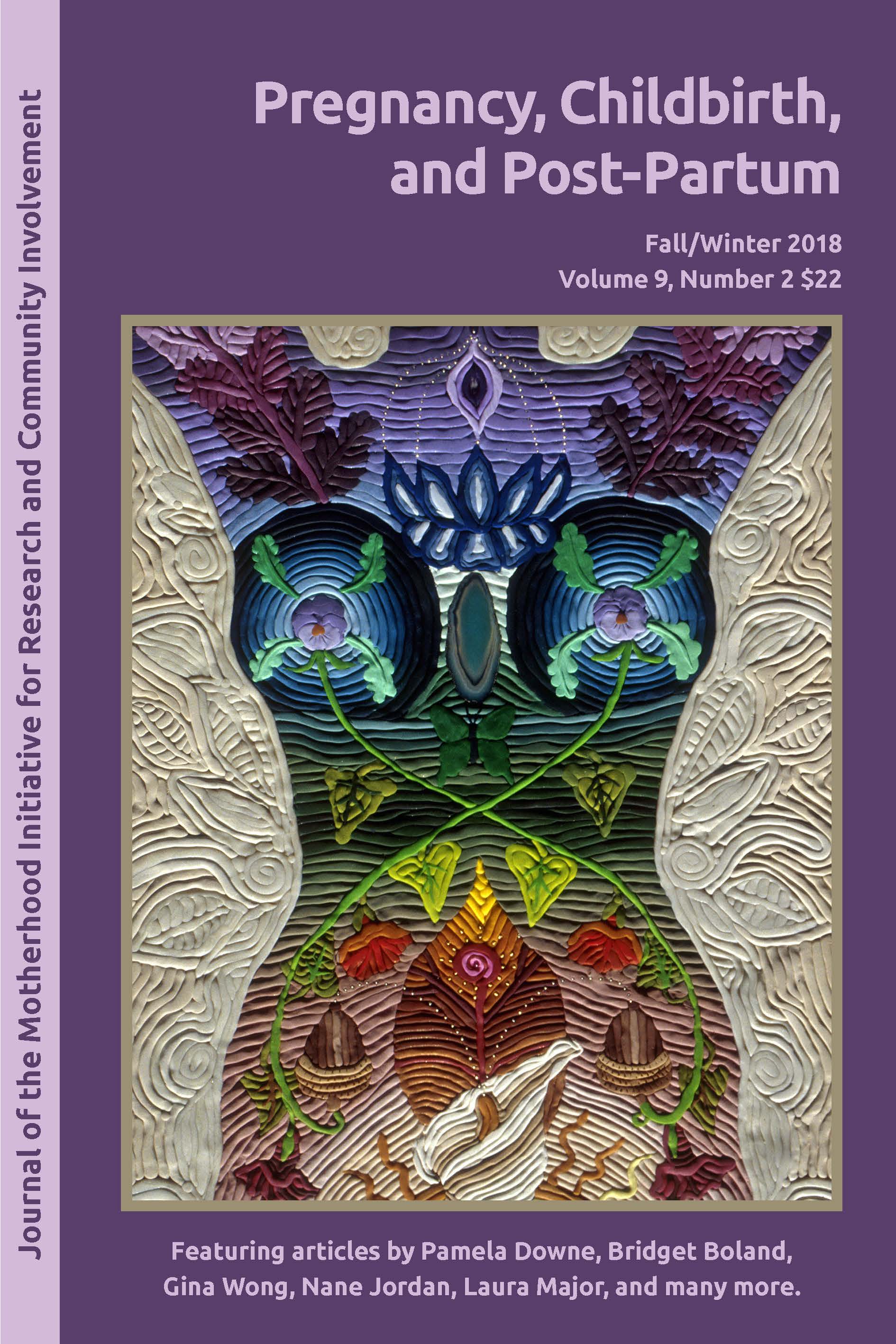Curse to Co-creation: Religious Models of Labour Pain
Abstract
Until the nineteenth century when labour pain became a technical problem to be solved, such pain was given religious meaning. Christian understandings of labour pain have long been based in interpretations of key Biblical texts, beginning with Genesis 3:16 and continuing with New Testament texts, which are understood to be commentary to this primary text. This article examines the four major spiritual models of labour pain that stem from these interpretations— curse of Eve, salvific, growth and perfectionist—and charts their rise and fall. The models are not distinct but intertwine and affect each other over time. The curse model—labour pain as punishment for Eve’s disobedience—was not used on its own but was most often paired with the salvation model or growth model so that the punishment of Eve was healing or generative. Salvation and growth intertwine as well in some understandings, as a woman’s spiritual and emotional growth lead to her active role in salvation history. The perfectionist model turns the curse model on its head, as it strives for a prelapsarian state in which women will not suffer the curse of Eve. Perfectionism in this sense is a belief that one can return, in this world, to a perfect union with God, a form of divinization. In conclusion, the four models are seen to have adapted to the secular transformation of pregnancy and labour, offering a potential model comingling pain and pleasure, spirit and body.Downloads
How to Cite
Issue
Section
License
All intellectual property in relation to material included on this site belongs to the Motherhood Initiative for Research and Community Involvement (MIRCI). All material on this site is protected by Canadian and international copyright and other intellectual property laws. Users may not do anything which interferes with or breaches those laws or the intellectual property rights in the material. All materials on the Motherhood Initiative for Research and Community Involvement (MIRCI) are copyrighted and all rights are reserved. Any reproduction, modification, publication, transmission, transfer, sale, distribution, display or exploitation of the information, in any form or by any means, or its storage in a retrieval system, whether in whole or in part, without the express written permission of the Motherhood Initiative for Research and Community Involvement (MIRCI) is prohibited. Please contact us for permission to reproduce any of our materials. This site may include third party content which is subject to that third party's terms and conditions of use.


